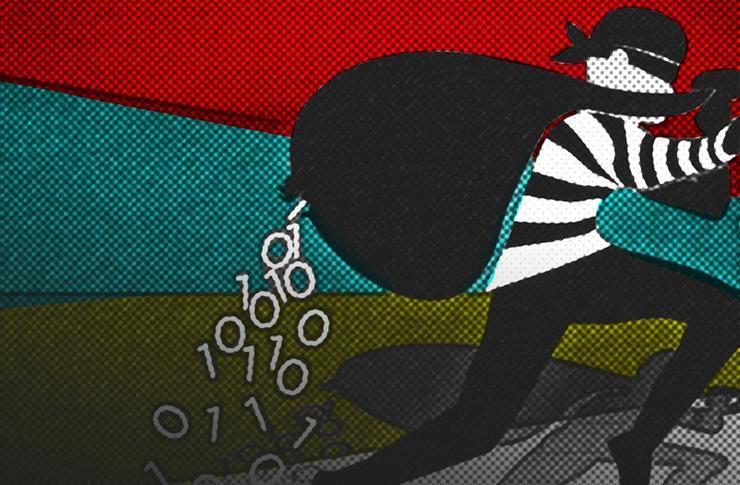Top 10 Hacking Failures In Movies
It had been requested that we make a short video covering the top worst hacks in movies. Being the community that we are, it seemed like an interesting request. We asked for your input, and you were happy to deliver! However, the proposition of creating a “top 10” list turned out to be quite difficult. There were just SO MANY horrible scenes that I started thinking about how to even categorize them. We could probably to a “top 10” in any of the following categories without even having to dig too deeply:
- hacker lingo
- mocked up interfaces
- fake input devices
- virus screen-takeover moments
- access denied messages
- hardware taped together
Honestly, after breaking it down in such a manner, making the top 10 movie hacking failures, felt painfully general. It is like making a list of “top 10 animals that ever existed”. The state of technology portrayal in movies is frankly abysmal. It is obvious that the only people who know less about tech than “hollywood” are the people making laws about it.
So, lets take a look at this list and see what we ended up with.
10. The Core
There’s a scene where they have to get through a door and it won’t budge. To open it, they’re going to have to crack into the control panel and hotwire the the thing. What do they find inside? A breadboard. Ok, well, we all know that in that environment, you wouldn’t be finding any breadboards. Then again, I’ve seen some duct taped together networks in large corporations that might convince me that this one isn’t a failure at all.
I’ve heard so many people point out this scene as a failure, and it is usually for the wrong reason all together. The young woman sits down at a computer and announces to everyone “hey, I know this, it is unix!”, while the camera switches to a 3d rendering that looks like a physical layout of a neighborhood.
“aha! that’s not a real interface!” is usually what I hear from people, but they’re wrong. It was called FSN and did actually exist. No one really used it though because, while neat, it wasn’t a great way to actually work. Tons of people loaded it up and…




